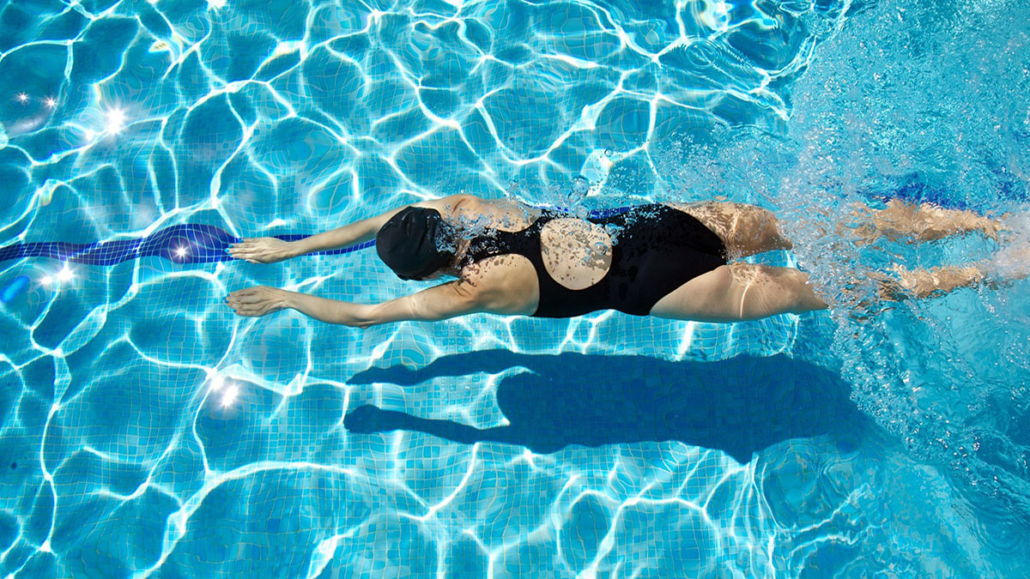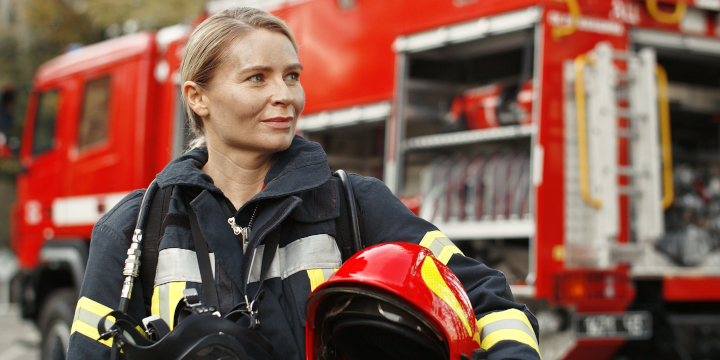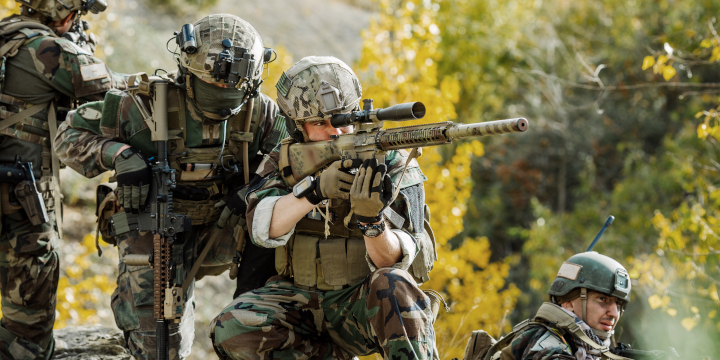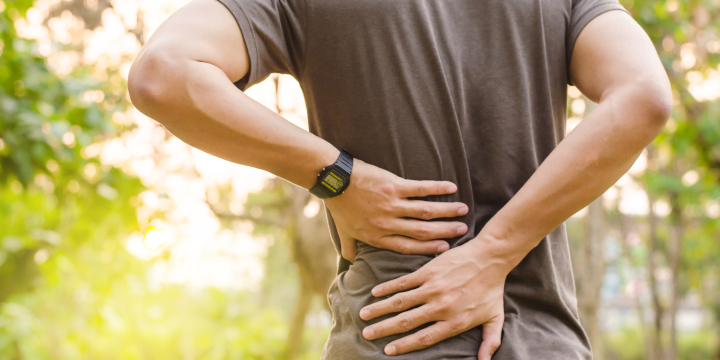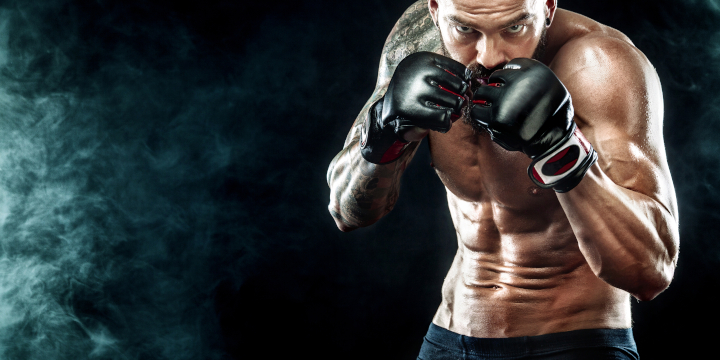Is there a best training for hypertrophy? Volume vs Intensity
Introduction
Overload training, used in many disciplines such as Bodybuilding, cross Training and Powerlifting, is certainly one of the most effective means of stimulating muscle hypertrophy and improving strength. By correctly manipulating the training variables, including:
- the order of the financial years;
- intensity;
- volume and duration;
- frequency of sessions and rest periods.
We can change the type and intensity of stimulus we provide to the musculoskeletal system by combining mechanical and metabolic stresses.
Often it tends to identify the best training in terms of volume of work done or intensity (often compared to the high percentage of load used), trying to identify a method of work “better than the other.
From the point of view of scientific research we know that as the intensity of the exercise increases with the use of overloads (resulting in an increase in the activation of muscle fibres with rapid contraction), greater emphasis is placed on mechanical stress (1).
On the contrary, high-volume programmes, with a relative reduction in workload – oriented to a greater number of repetitions concomitant with the use of short rest intervals -, physiologically create greater metabolic stress (2).
What is essential to trigger the mechanism of hypertrophy is a minimum intensity, often identified with a load greater than 50% of 1 MRI, intensity precisely necessary to trigger the mechanism of muscle hypertrophy.
The increasing scientific research on overload training, given its undoubted health benefits to individuals, has also led to large international organizations, such as the American College of Sports Medicine, to create guidelines trying to identify the best strategies and combinations between load and volume, to achieve the most efficient results at the hypertrophic level.
A repetition range between (6-12 RM) has been considered among the most effective for hypertrophy training, representing a sufficient balance of mechanical and metabolic stress to the trainee (2).
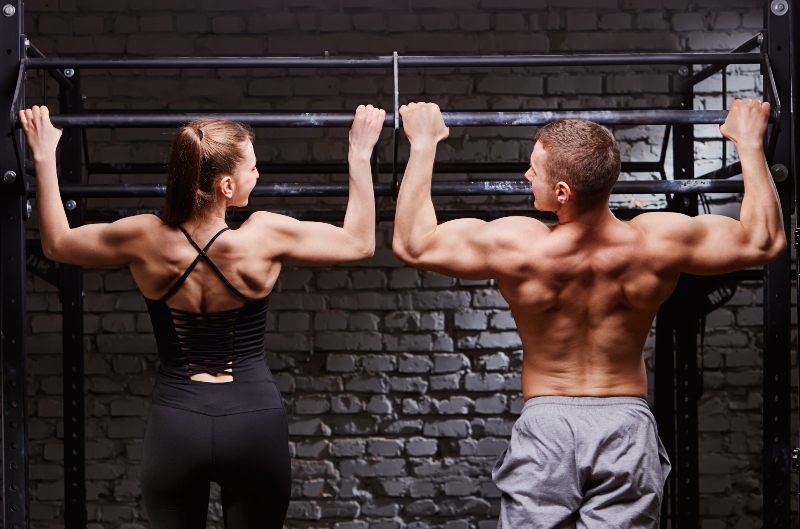
Other schools of thought and lines of research indicate that inducing greater mechanical stress, increasing the load and its intensity, can induce recruitment of muscle fibres with higher rapid contraction and provide a greater stimulus for muscle hypertrophy – compared to metabolic stress associated with high volume training (3) -.
Studies comparing high-intensity training programs to high volume oriented ones, in people with experience in overload training, are actually few at the moment. This makes it difficult to identify the best strategy.
From most of these studies, it emerged that high-intensity training is certainly more advantageous for strength improvement, but almost similar to high volume training protocols to improve muscle hypertrophy (4.5)
By making a more in-depth analysis, we can safely say that there is a clear relationship between the volume of training carried out and muscle hypertrophy (6, 7) while to a lesser extent on the increase in strength (8, 9)we also know that increasing the volume of work alone, especially not taking into account the age of experience of the athlete, can be counterproductive (10).
If we consider simplistically the amount of work done with increased hypertrophy and strength, we could erroneously conclude that making as much volume as possible in each training session, would be the optimal way to achieve maximum hypertrophy.
However, it is often forgotten that a workout is useful when you have the ability and time to recover from this, thus creating an adaptation, represented by the quantitative and qualitative increase in muscle mass, as demonstrated by the study above.
A huge volume of work that you are not used to in a single session can negatively affect performance up to 72 hours. To this must be added the concept of periodization of training that, it has been seen – through the organization in micro and mesocycles and its progressive increase in load -, be more effective to achieve an improvement in performance.
On the other hand, an excessively intensity-oriented training and therefore the management of a high load, not carried out in a progressive and organized way, can have negative effects on performance, from excessive stress on the central nervous system, through excessive stress on the joints, to a possible increase in the risk of muscle injury.
Let us remember that, also on the relationship between muscular damage and triggering of the hypertrophic mechanism although related, there is no direct proportion. We know that training-induced muscle damage plays a key role in muscle growth (9), but some studies have shown that by increasing the volume more than one is considered already profitable for hypertrophic purposes, there is no increase in results but rather a slowdown .
Conclusion
In conclusion, this short article gives us a further demonstration of what often happens when we cross scientific research and practical experience: it is not possible a single answer to the question “what is the best method to obtain muscle hypertrophy?”.
From a scientific and also practical point of view, both a more volume-oriented training, and one on intensity, have been shown to obtain results on the increase of hypertrophy but only if organized in the correct way, that is, by evaluating the type of subject to which they are proposed, and always remembering that the theoretical model does not obtain infinite results,- demonstrating once again that the alternation of the stimulus, and the correct planning of training, are the best solution to achieve long-term results, even with athletes with greater experience in using overloads for hypertrophic purposes -.
Bibliography
1.Henneman, E., G. Somjen, and D. O. Carpenter. 1965. Functional significance of cell size in spinal motoneurons. J. Neurophysiol. 28:560–580.
2.Ratamess, N. A., B. A. Alvar, T. K. Evetoch, T. J. Housh, W. B. Kibler, W. J. Kraemer, et al. 2009. American college of sports medicine position stand. Progression models in resistance training for healthy adults. Med. Sci. Sports Exerc. 41:687.
3.Clarkson, P. M., K. Nosaka, and B. Braun. 1992. Muscle function after exercise-induced muscle damage and rapid adaptation. Med. Sci. Sports Exerc. 24:512–520.
4.Brandenburg, J. E., and D. Docherty. 2002. The effects of accentuated eccentric loading on strength, muscle hypertrophy, and neural adaptations in trained individuals. J. Strength Cond. Res. 16:25–32.
5.Schoenfeld, B. J., N. A. Ratamess, M. D. Peterson, B. Contreras, G. T. Sonmez, and B. A. Alvar. 2014. Effects of different volume-equated resistance training loading strategies on muscular adaptations in well-trained men. J. Strength Cond Res. 28:2909–2918.
6. Krieger, J.W., Single vs. multiple sets of resistance exercise for muscle hypertrophy: a meta-analysis. J Strength Cond Res, 2010. 24(4): p. 1150-9
7. Schoenfeld, B.J., D. Ogborn, and J.W. Krieger, Dose-response relationship between weekly resistance training volume and increases in muscle mass: A systematic review and meta-analysis. J Sports Sci, 2017. 35(11): p. 1073-1082.
8. Krieger, J.W., Single versus multiple sets of resistance exercise: a meta-regression. J Strength Cond Res, 2009. 23(6): p. 1890-901.
9. Robbins, D.W., P.W. Marshall, and M. McEwen, The effect of training volume on lower-body strength. J Strength Cond Res, 2012. 26(1): p. 34-9.
10. Gonzalez-Badillo, J.J., et al., Moderate resistance training volume produces more favorable strength gains than high or low volumes during a short-term training cycle. J Strength Cond Res, 2005. 19(3): p. 689-97.



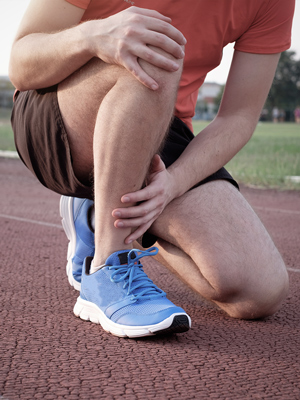 Training recovery is recognized as one of the most important aspects of physical activity and overall well-being. As we examine the myriad of recovery strategies and their varying levels of scientific support, it’s important to remember that both scientific and anecdotal evidence point to the value of an appropriate recovery plan to encourage adaptation, well-being and performance.
Training recovery is recognized as one of the most important aspects of physical activity and overall well-being. As we examine the myriad of recovery strategies and their varying levels of scientific support, it’s important to remember that both scientific and anecdotal evidence point to the value of an appropriate recovery plan to encourage adaptation, well-being and performance.
